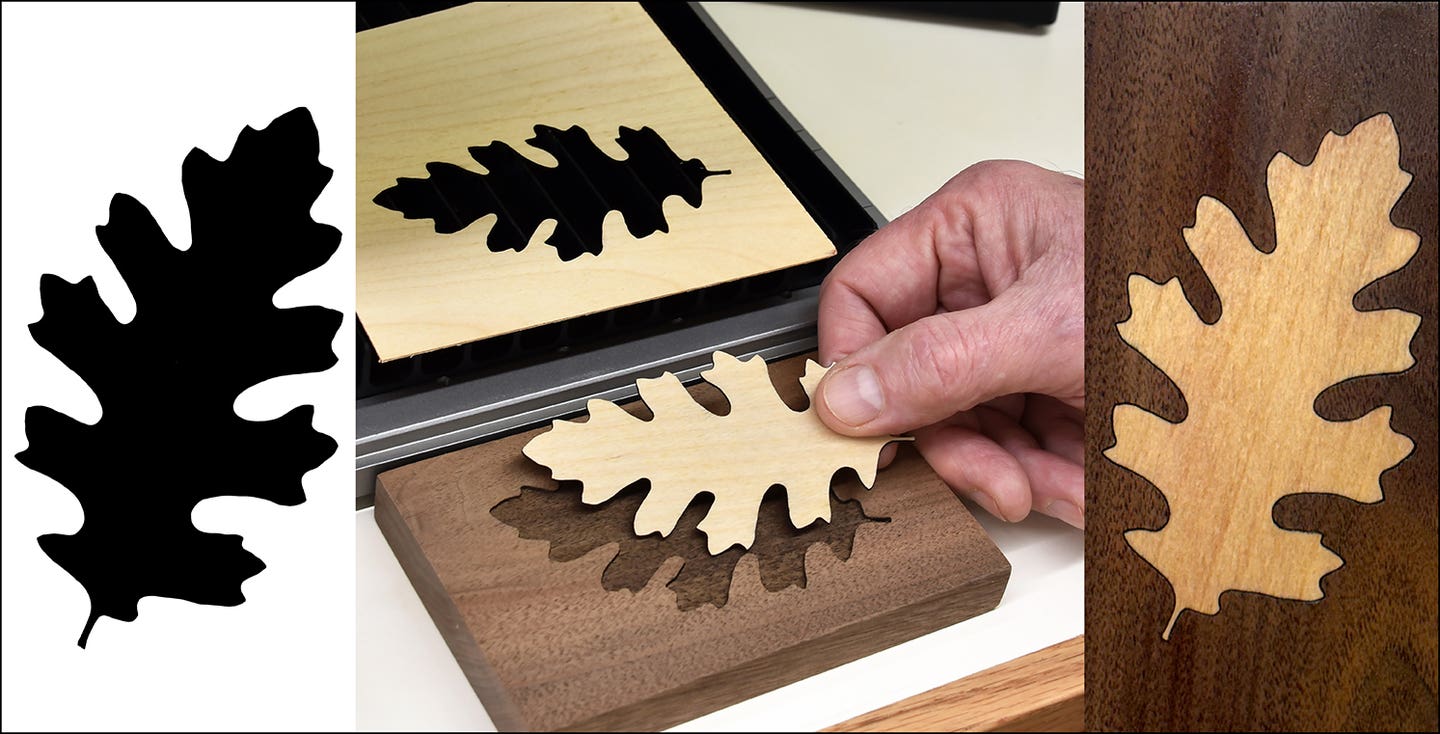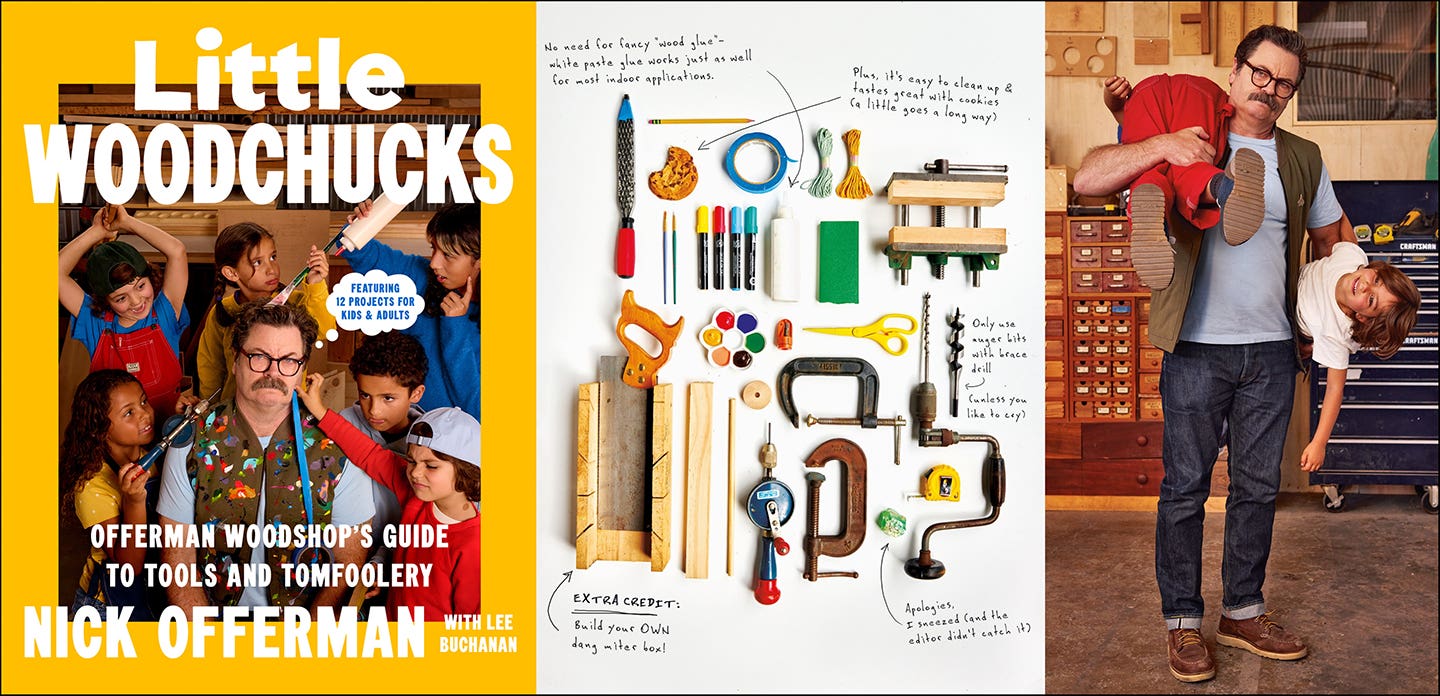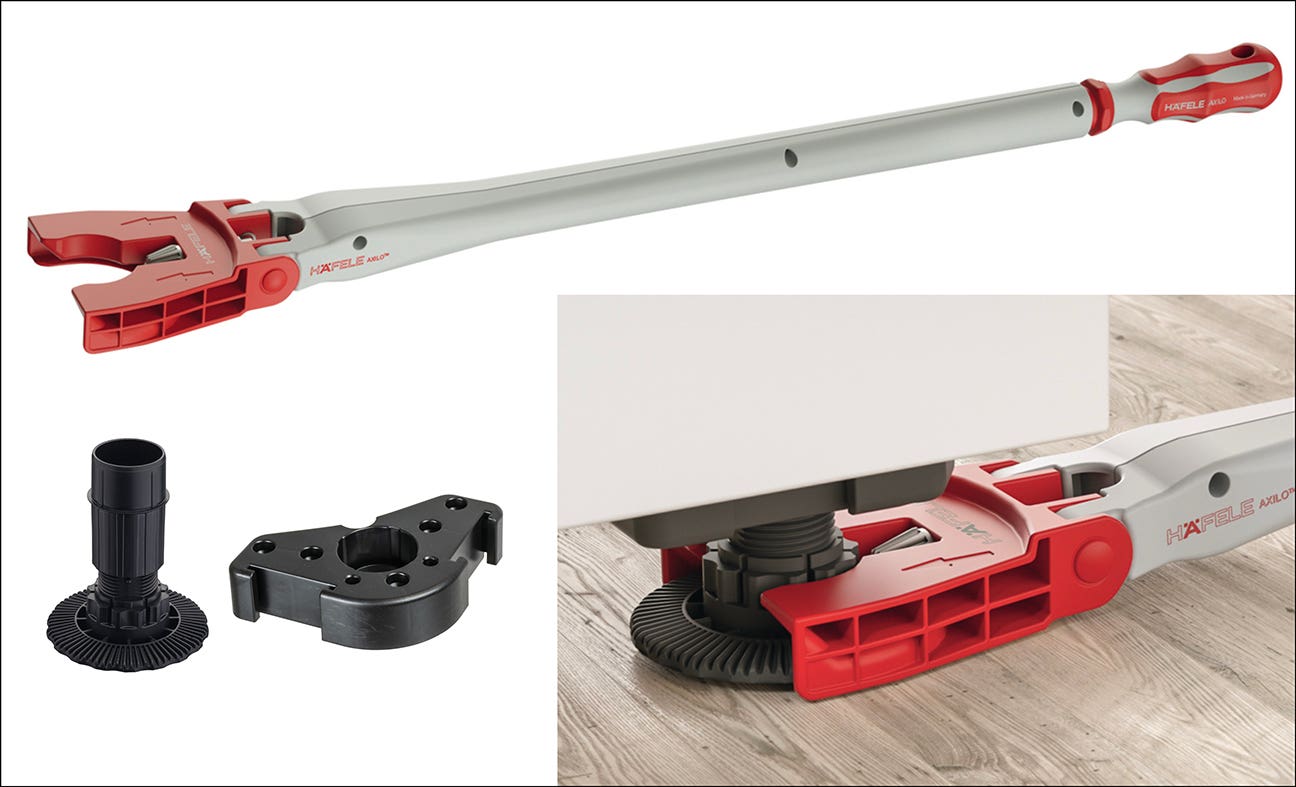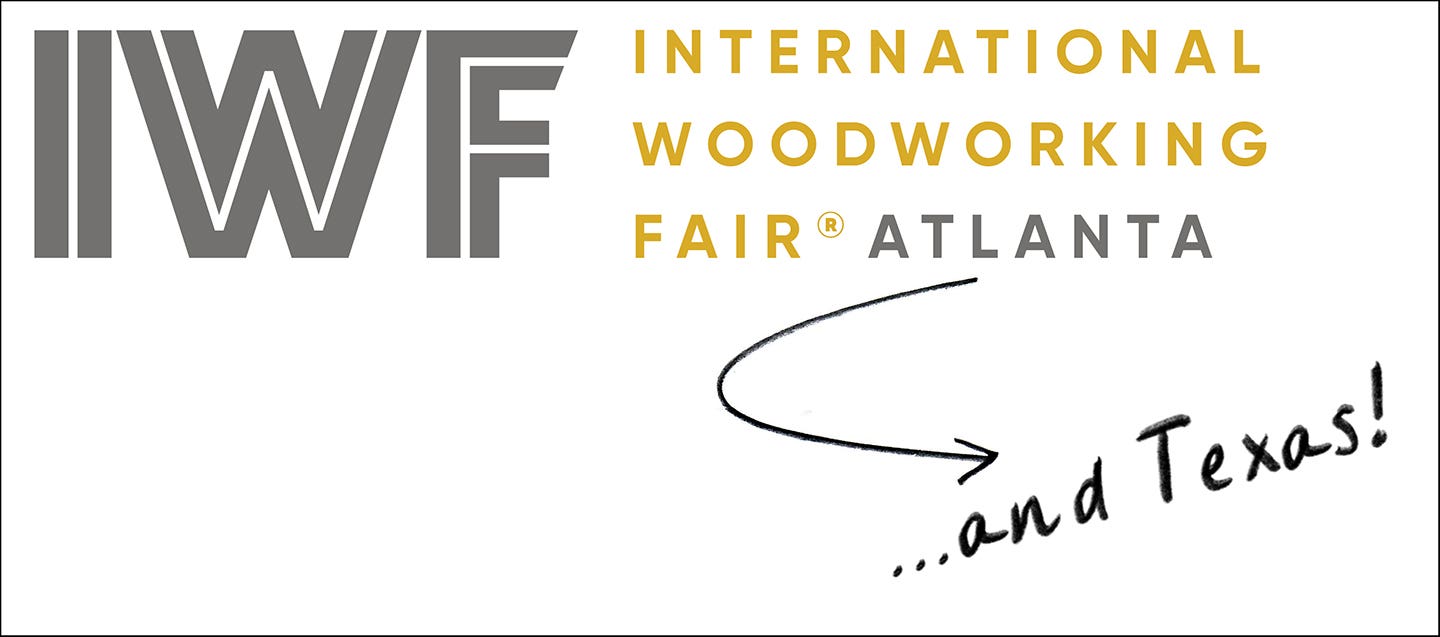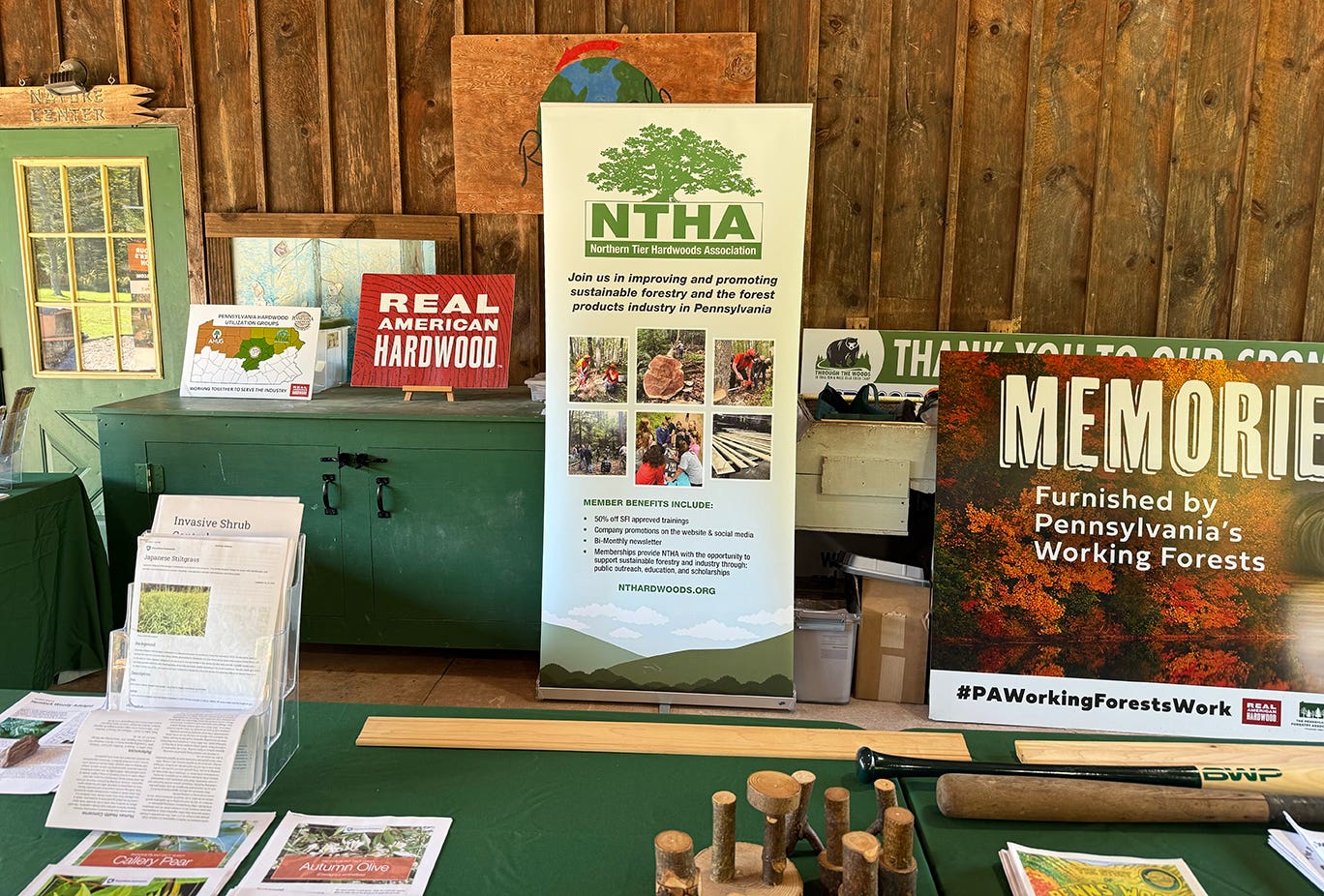I love it when a plan comes together, Hannibal always said on The A Team. I couldnt agree more, even though I rarely follow plans. The difference between Hannibal and…
I love it when a plan comes together, Hannibal always said on The A Team. I couldnt agree more, even though I rarely follow plans.
The difference between Hannibal and me is that Hannibal usually had a plan. He and the Team would make the plan, follow it, and save the day when the plan came together. My idea of a plan coming together is much simpler: its when something turns out exactly the way I want it to.
When I make something in the shop, normally I dont have a plan. (Some who knows me might suggest that normally I dont have a clue, but thats a whole nother blog.) When I build something that Ive created from scratch, more often than not I make it up as I go along. I know that it has to be such-and-such height, so-and-so width, and I have a pretty good notion how I want it to look. I make a rough sketch, and put in rough dimensions, and thats it. If it has to function in some way if it has doors, say, or drawers I note that in the rough sketch.
But when it comes time to make it, everything on that rough sketch can change depending on the wood, the grain pattern, stock I have on hand, errors I might make that require a change on-the-fly, ideas I suddenly get that also may require mid-course corrections, or just my mood at any given moment. This is how I work, and it works well for me.
On the extremely rare occasions that Ive made something from a published plan, I still treat it like a rough sketch. I like the look of the project in the photos, and more often than not thats the only part of the published plan I actually use. This is also exactly the way I work in the kitchen. I collect recipes by the hundreds, but when it comes time to make dinner those recipes become rough sketches.
Sometimes this doesnt work, in both kitchen and shop, but those occasions are very, very rare and are almost always caused by my unfamiliarity with the ingredients. In the kitchen it could be some spice or herb Ive never used; in the shop some wood species or unusual piece of hardware.
The bottom line is that Ive learned to trust my on-the-fly planning style, and doing so allows me the most freedom to let my creativity guide what I make.
Plan or no plan, thats what I really love.
Till next time,
A.J.
A.J. Hamler is the former editor of Woodshop News and Woodcraft Magazine. He's currently a freelance woodworking writer/editor, which is another way of stating self-employed. When he's not writing or in the shop, he enjoys science fiction, gourmet cooking and Civil War reenacting, but not at the same time.


